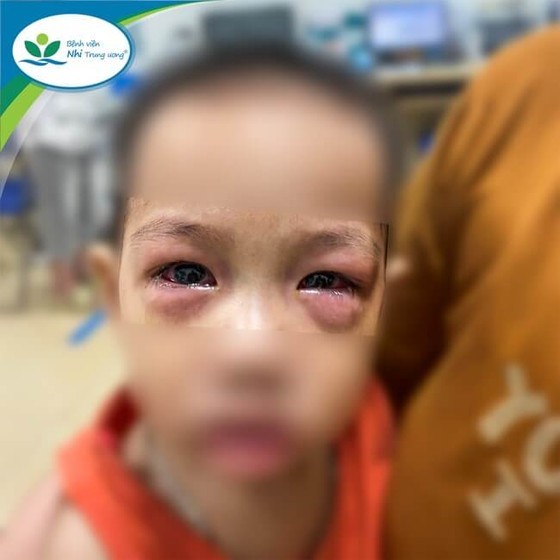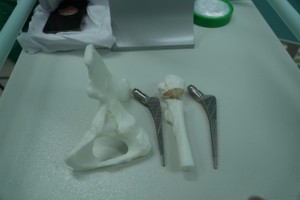 |
More than 50 children are infected with acute conjunctivitis |
The Center for Disease Control of Binh Phuoc Province today said that some cases of neonatal tetanus have been recorded in ethnic minority areas.
Three cases of neonatal tetanus in the province include one child of the S'tieng ethnic minority family in Bu Dop District and two cases in Dong Phu District are the Mong people who come to Binh Phuoc to work seasonally. The local health sector explained for difficulty in vaccination management as immunization work has not been well carried out in some remote and distant communes where a large number of ethnic minority people are living.
In 2023, the Binh Phuoc CDC proposed that the medical centers of Dong Phu and Bu Dop districts urgently collect information on children in the two districts for the detection of neonatal tetanus cases according to the regulations. Moreover, the local healthcare stations should increase inhabitants’ awareness of medical care to eliminate homebirth, midwives and illegally operated medical facilities.
Last but not least, the health centers of Dong Phu and Bu Dop districts have increased vaccinations for difficult-to-visit communes where a large number of ethnic minority people are living but must follow vaccination guidelines.
According to the Binh Phuoc CDC, on average, 1 to 2 cases of tetanus are detected each year in the province. However, this is a number that is within the allowable rate of the general rule on this disease of 1 in 1,000 newborns. Both districts have a higher number of cases than the prescribed rate of population.
Elsewhere in Hanoi, the National Children's Hospital said that the hospital's ophthalmology department has continuously received more than 50 children with acute conjunctivitis, of which up to 20 percent had severe complications within one recent month.
Viruses are a common cause of viral conjunctivitis – a highly contagious acute conjunctival infection - in patients of all ages. Adenovirus is by far the most common cause in addition to herpes simplex virus and chickenpox. Children spread the disease through direct contact with secretions from the eyes, nose, and mouth, direct contact with the sick person, rubbing hands in the eyes, and sharing personal items with the sick person.
The incubation period (the time between becoming infected and symptoms appearing) for viral or bacterial conjunctivitis is about 3-7 days. Symptoms include irritation, photophobia, and watery discharge. Young children infected with viral conjunctivitis will have symptoms of rhinitis, pharyngitis, respiratory tract infection, and fever.
























